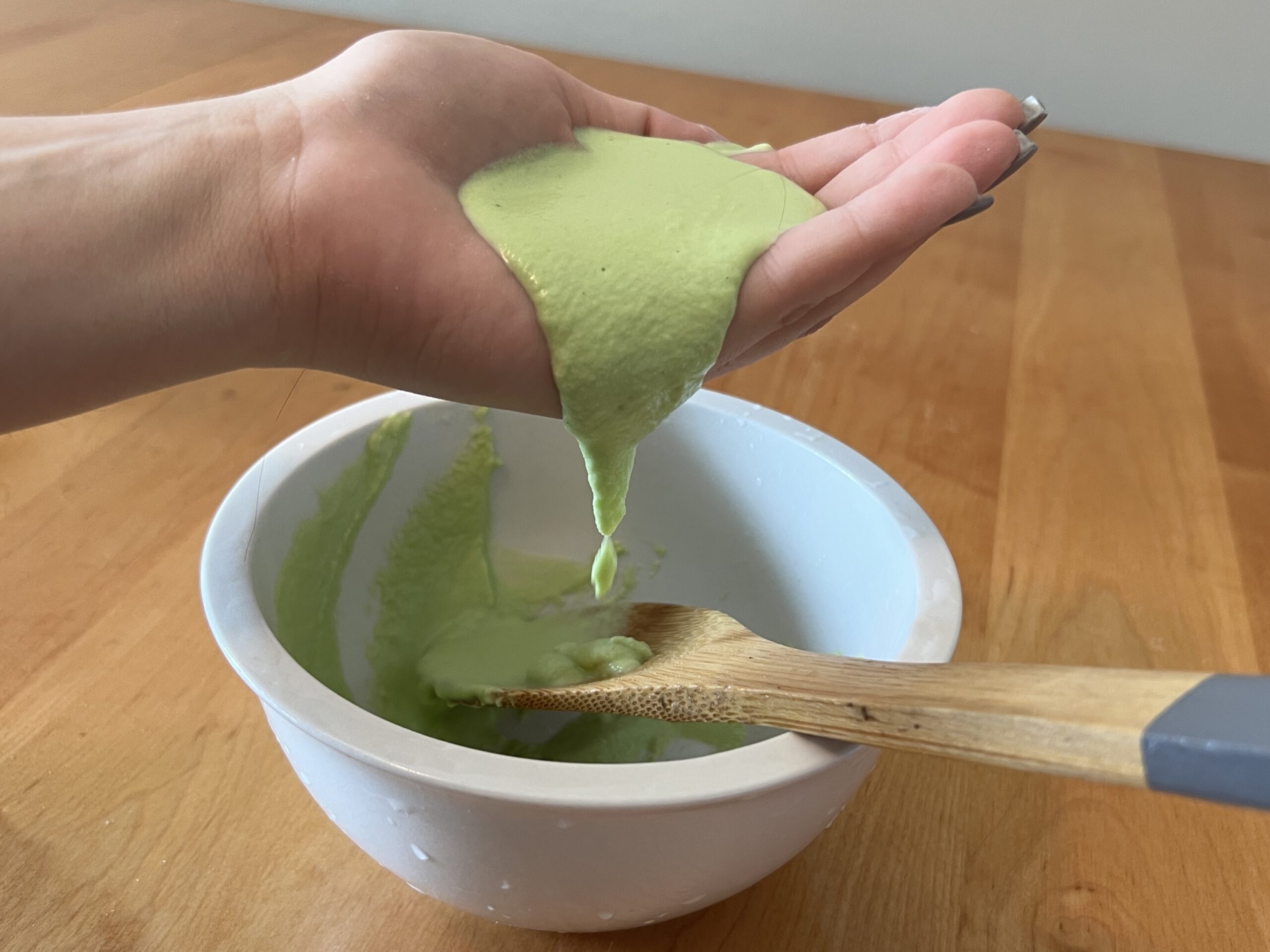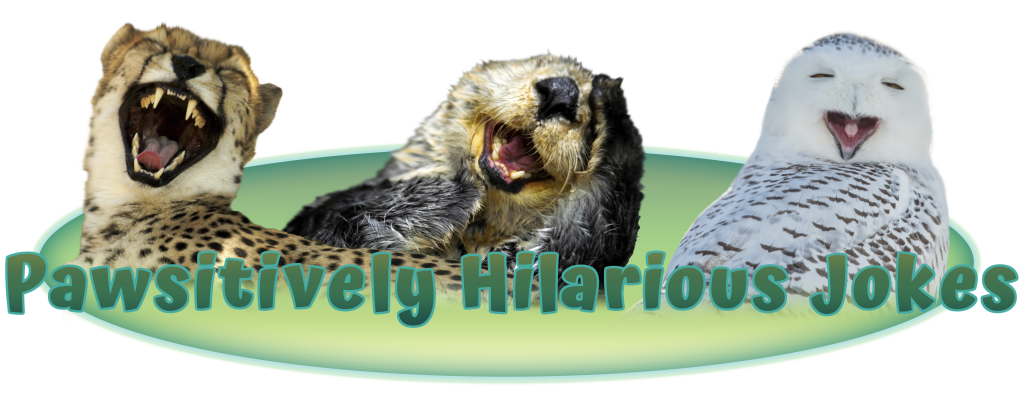
Why was the koala so relaxed?
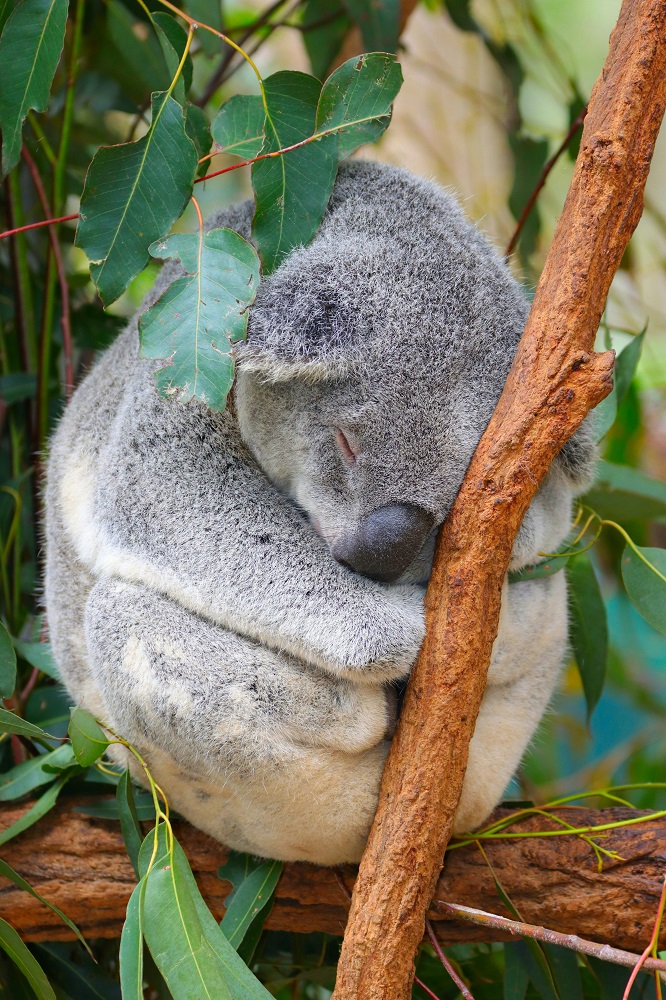
It had spent some Koala-ty time at a spa.


It had spent some Koala-ty time at a spa.
Congratulations, Earth Rangers! Thanks to your hard work, we’ve officially reached our goal for the Myth-Busters Challenge: over 200,000 myths have been busted! Woohoo! That means you’ve unlocked a donation to support the work of wolf researcher Karl-Antoine Hogue!
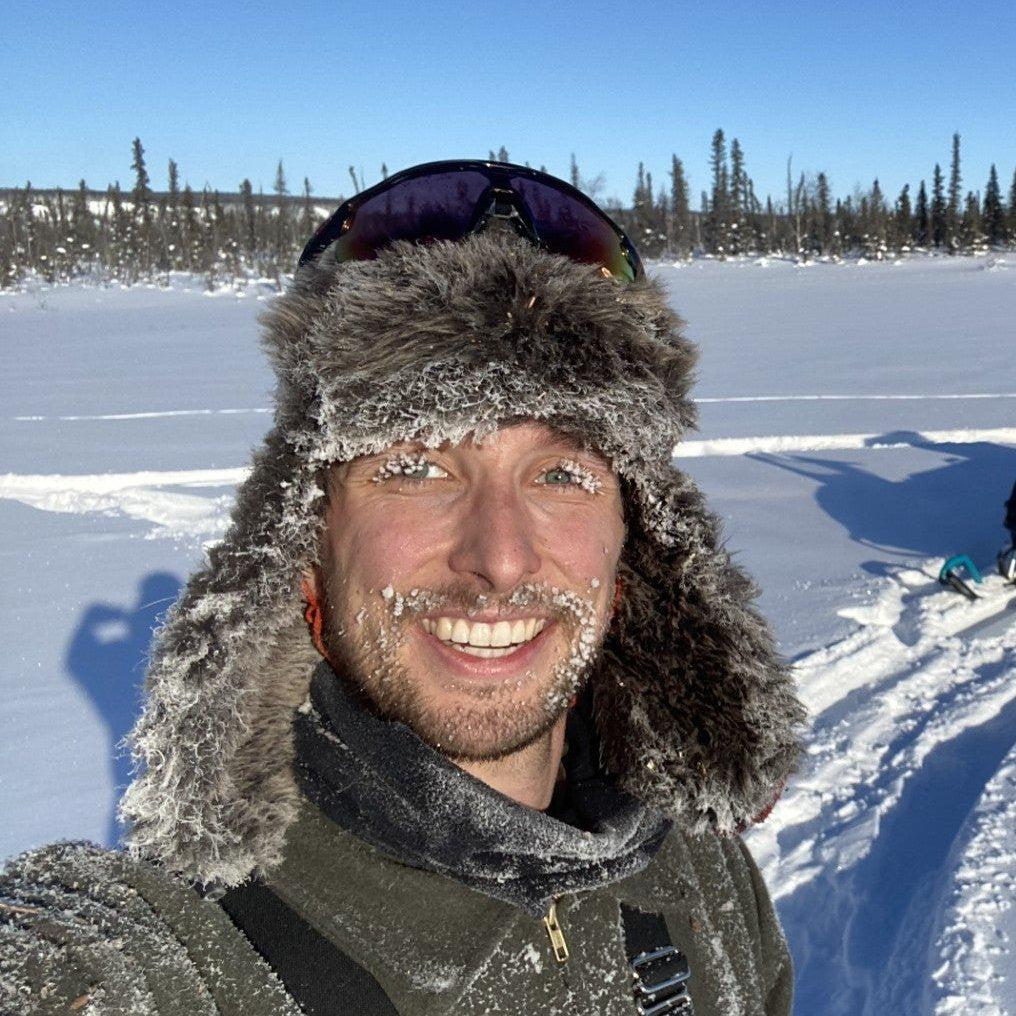
We think Karl-Antoine might just have the coolest job in the world. After all, what’s more awesome than spending your days in the Arctic, trying to discover all you can about the mighty, mysterious, grey wolf? Karl-Antoine and the Land Guardians from the Vuntut Gwitchin community in Old Crow, Yukon, know all about trying to track down these shy creatures.
Yup, you read that right: wolves are shy! Wolves get a bad reputation from fairy tales, but they’re nothing like the villains in Red Riding Hood or The Three Little Pigs.
To celebrate the Myth-Busters Challenge success, let’s bust some wolf myths and replace them with wolf facts!
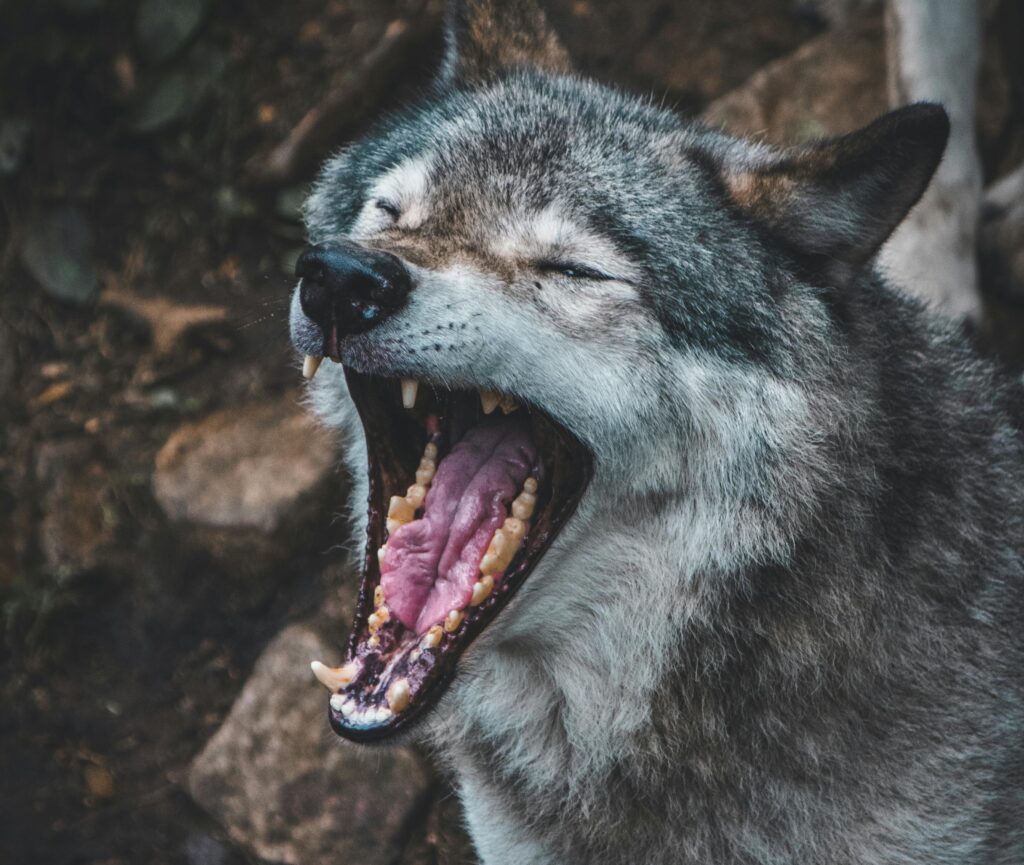
Fact: In general, wolves will do their best to avoid people. They’ll only attack if they feel threatened, which is very, very rare. But remember, wolves are wild animals…so if you see one, don’t get too close!
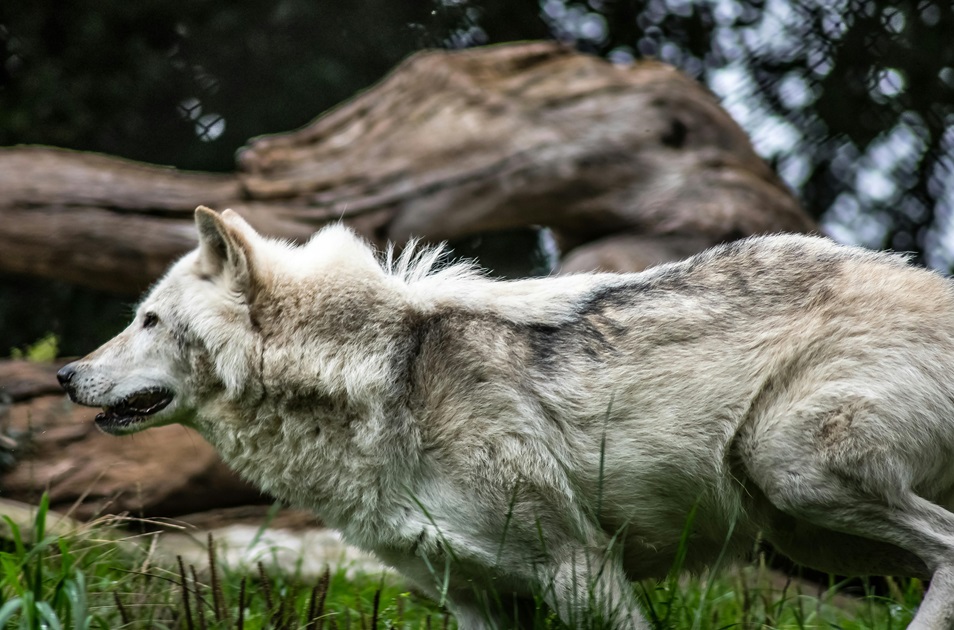
Fact: Wolves hunt their prey so they have something to eat. Only 10-20% of hunts end with a successful meal for the pack. That means most of the time, the animals get away. Hunting big mammals like deer and moose isn’t easy work. Wolves can get injured if they’re not careful.
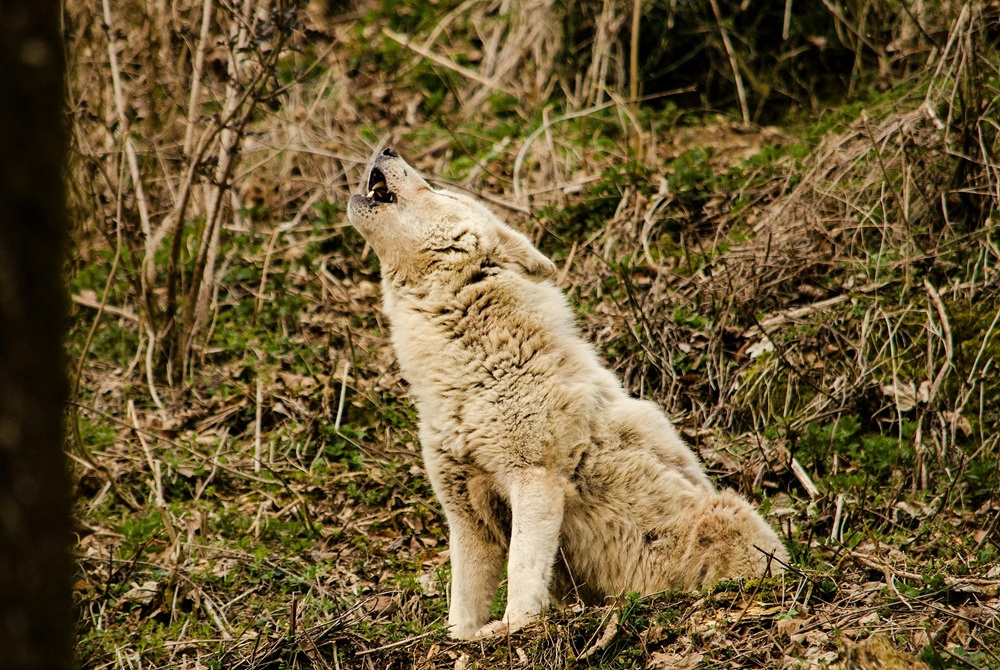
Fact: Wolves howl to communicate. They can communicate with their pack or with other wolves. A howl can mean “I’m over here!” or “Where are you guys?!” or “Hey! Stay out of our territory!”
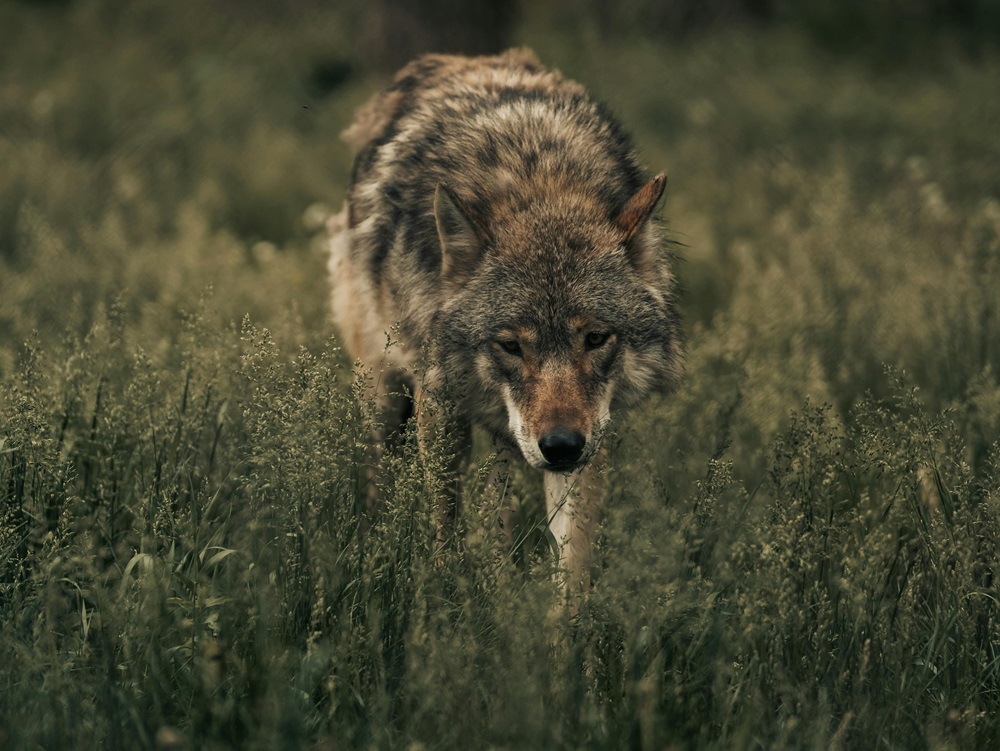
Fact: Wolf pups are born blind and deaf. They have to learn how to hunt from the members of their pack. Before they’re old enough to catch their own prey, they depend on the adults to care and feed them.
Now that you’ve proven what amazing myth-busters you are, it’s up to you, Earth Rangers, to continue busting wolf myths and teach everyone the facts: wolves are awesome!
Let’s put your identification skills to the test! Can you figure out what is hidden in this picture? Make your guess in the comments.
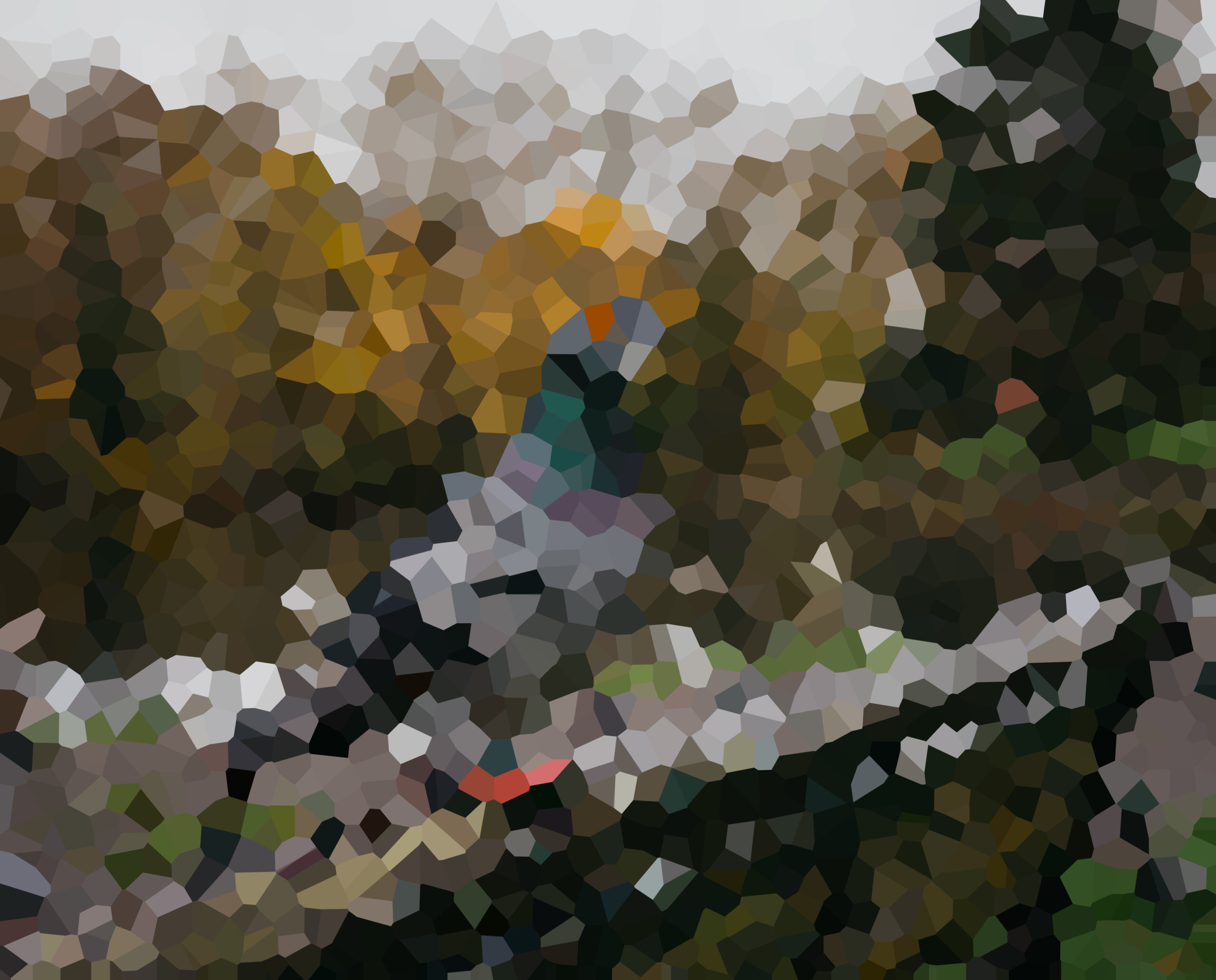
This mystery bird’s building skills come with a shocking twist.
This bright yellow guy is weaving one of the most perfect little nests we’ve ever seen—wait. WHAT?! Now he’s ripping it apart like it’s trash! One moment he’s building, the next he’s destroying. Why, bird… WHY?!
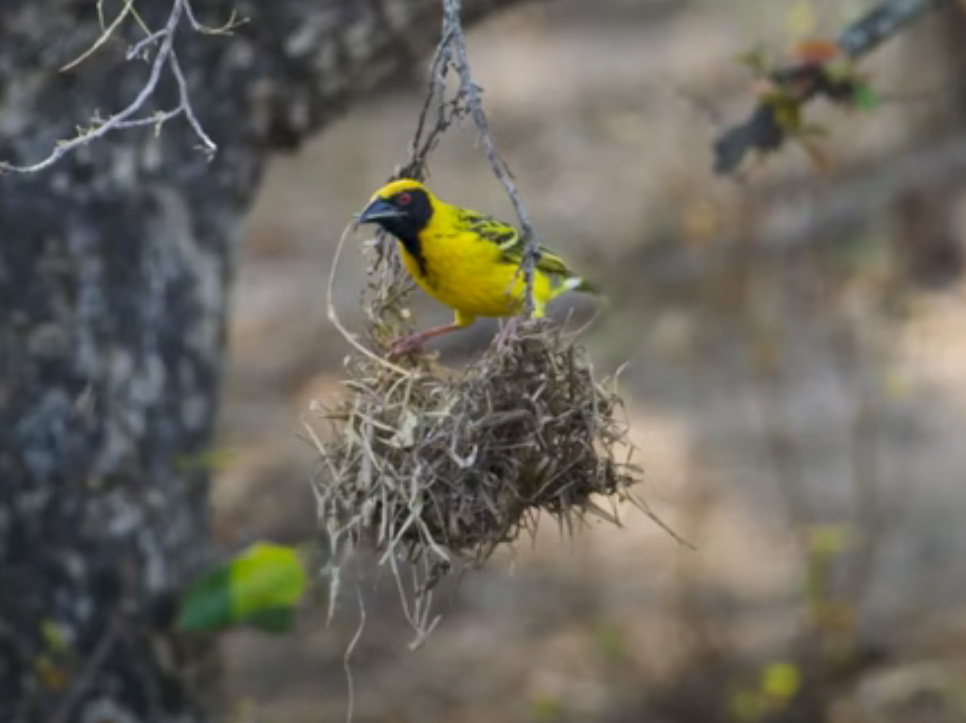
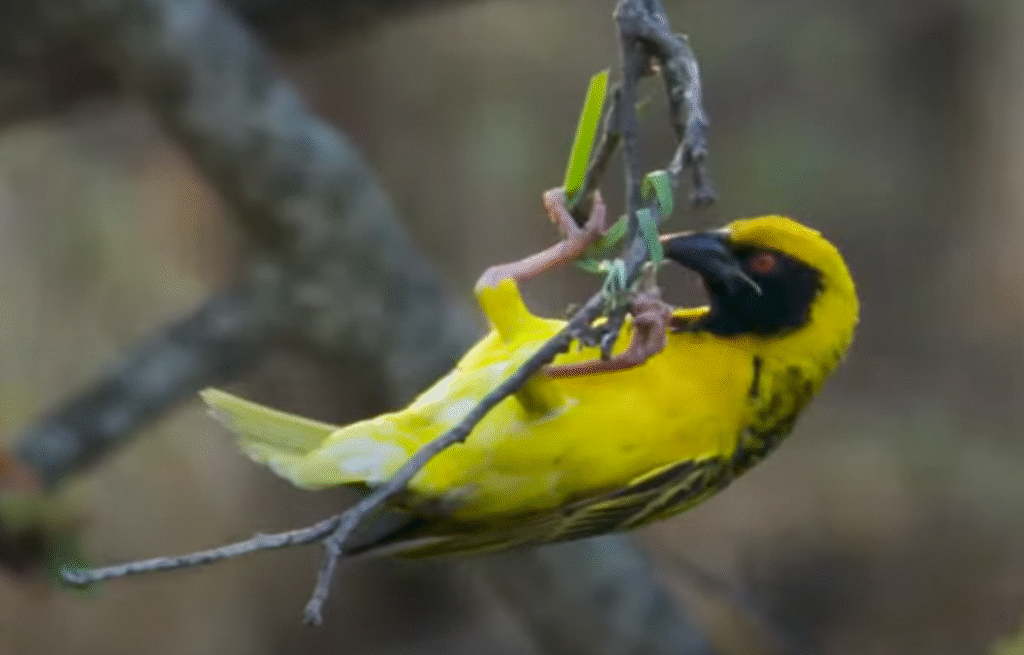
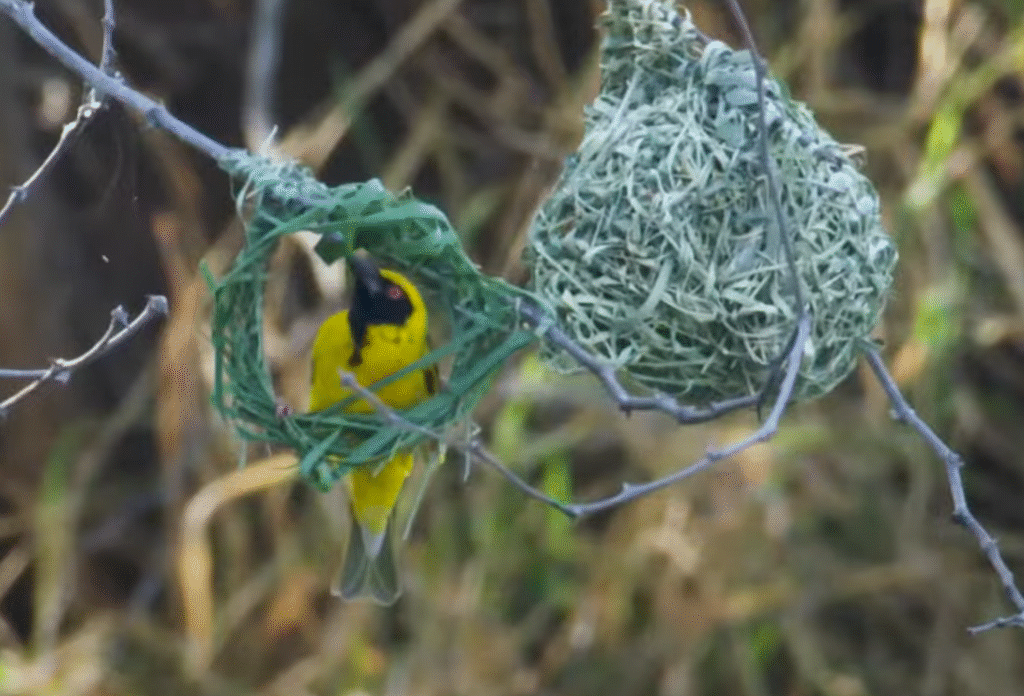
This mystery bird’s building skills come with a shocking twist.
This bright yellow guy is weaving one of the most perfect little nests we’ve ever seen—wait. WHAT?! Now he’s ripping it apart like it’s trash! One moment he’s building, the next he’s destroying. Why, bird… WHY?!
Special thanks to Epic Nature with Judy Lehmberg for sharing this incredible story. Check out her socials: @JudyLehmbergEpicNature




Some people have a real passion for nature, and Judy Lehmberg is one of them! Judy makes her films to inspire her audience to love and protect nature as much as she does. As a former college biology teacher, she uses her expertise to capture some epic wildlife footage.
Whether you’re bonkers for butterflies, wild about wild dogs, or simply love watching baby robins grow up, there’s something to learn from each of her videos.
Visit https://www.facebook.com/biopicsbyjudylehmberg/ to learn more

You otter take this quiz, there’s no otter one like it! Click below to see if you’re an
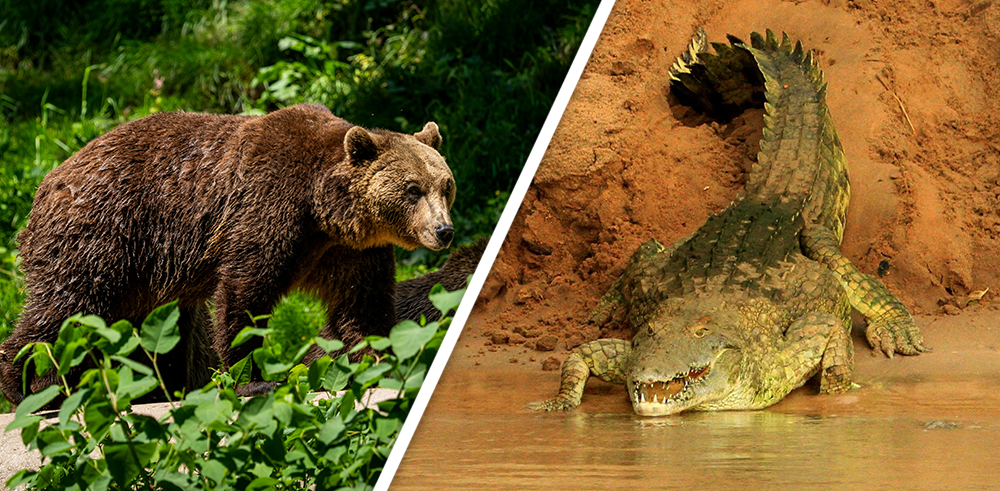
We got tons of great guesses on Part 1 of this Pixel Puzzler, and now it’s time for the answer. Are you ready for the great reveal? Find out if you got it right!
The answer to this Pixel Puzzler is (drum roll please) a tiger! How did you do? Tell us in the comments!
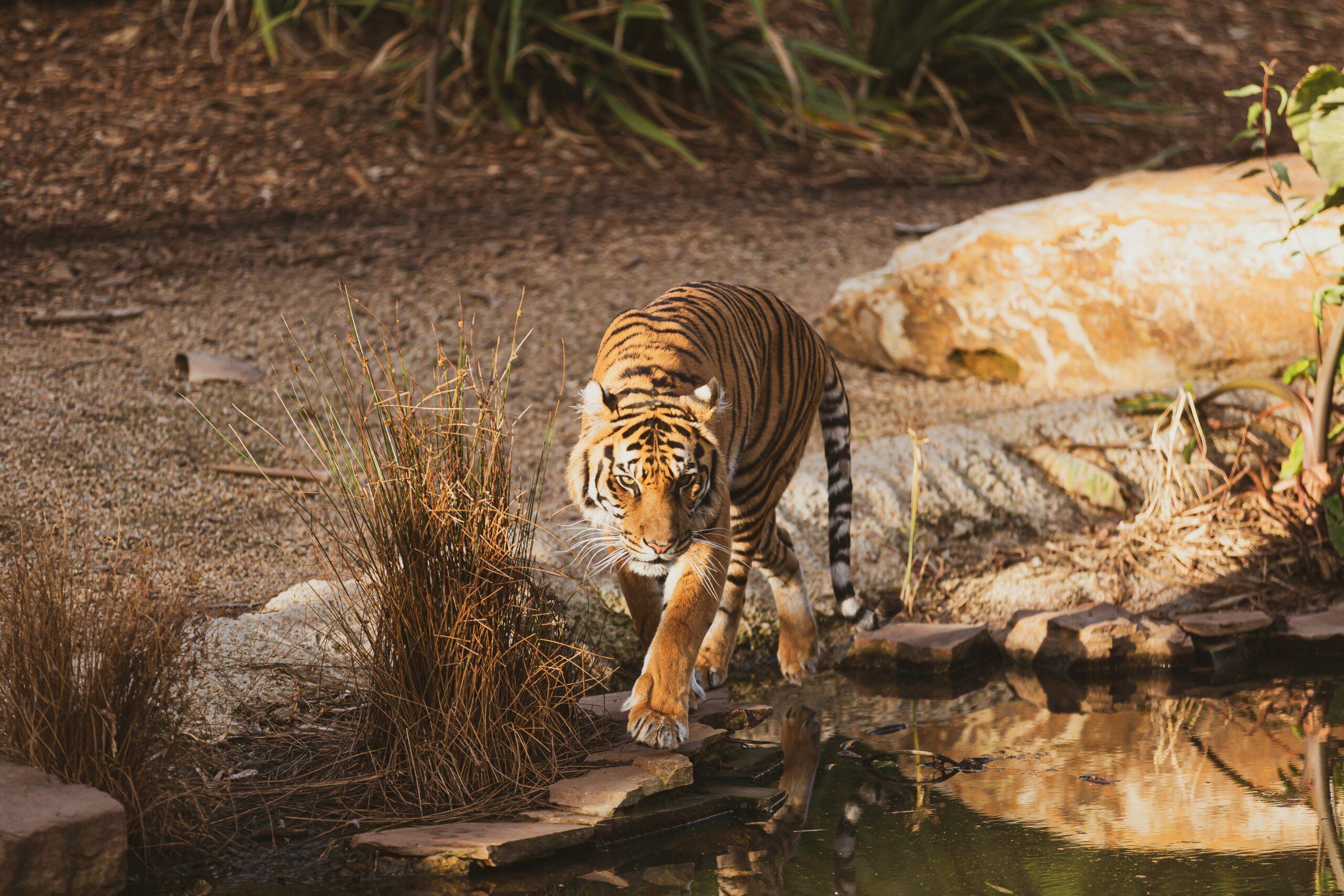
Ozzy the river otter was rescued as a tiny orphan and raised by his favorite human, Leslie. But there’s a problem—he loves people a little too much! And in the wild, that’s not safe for any wild animal. To go home, Ozzy needs another otter to teach him how to be a wild otter. Can Leslie find him an otter friend in time… and what will happen if she doesn’t?
Special thanks to Leslie, Ozzy, and River Bandit Wildlife Rescue for sharing their story. Check out their socials: @riverbanditwildliferescue
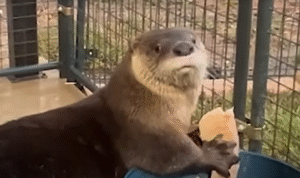
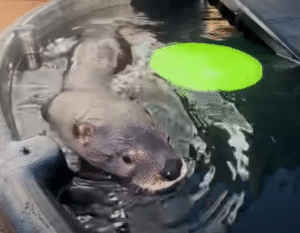
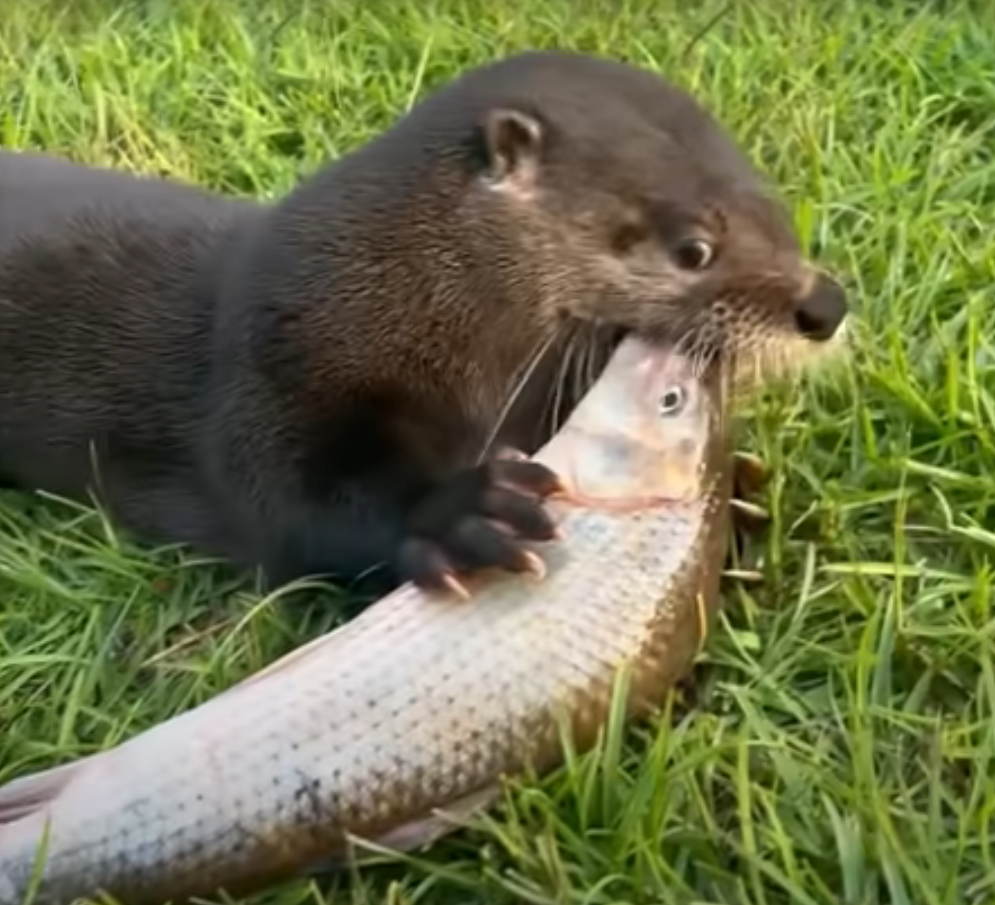
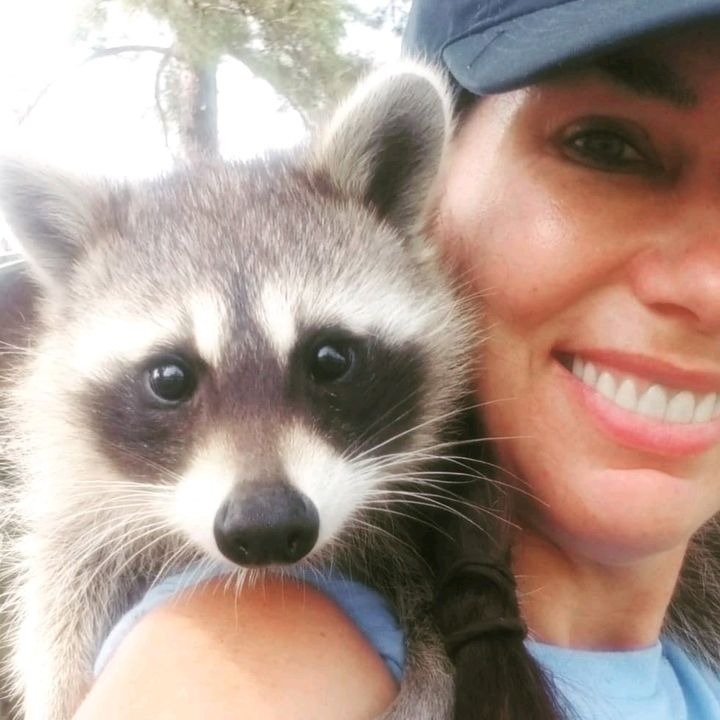
There are so many animals that need rescuing and rehabilitating, and if they’re in near River Bandit Wildlife Rescue in Louisiana, they’re in good hands. Leslie Greene is always ready to take in any injured or sick animals. She’s helped save beavers, skunks, raccoons, foxes, bobcats, and even otters!
River Bandit Wildlife Rescue has a large following on social media, and with good reason: people love to see how animals can recover and be released back into the wild!
Keep up the excellent work, River Bandit Wildlife Rescue.
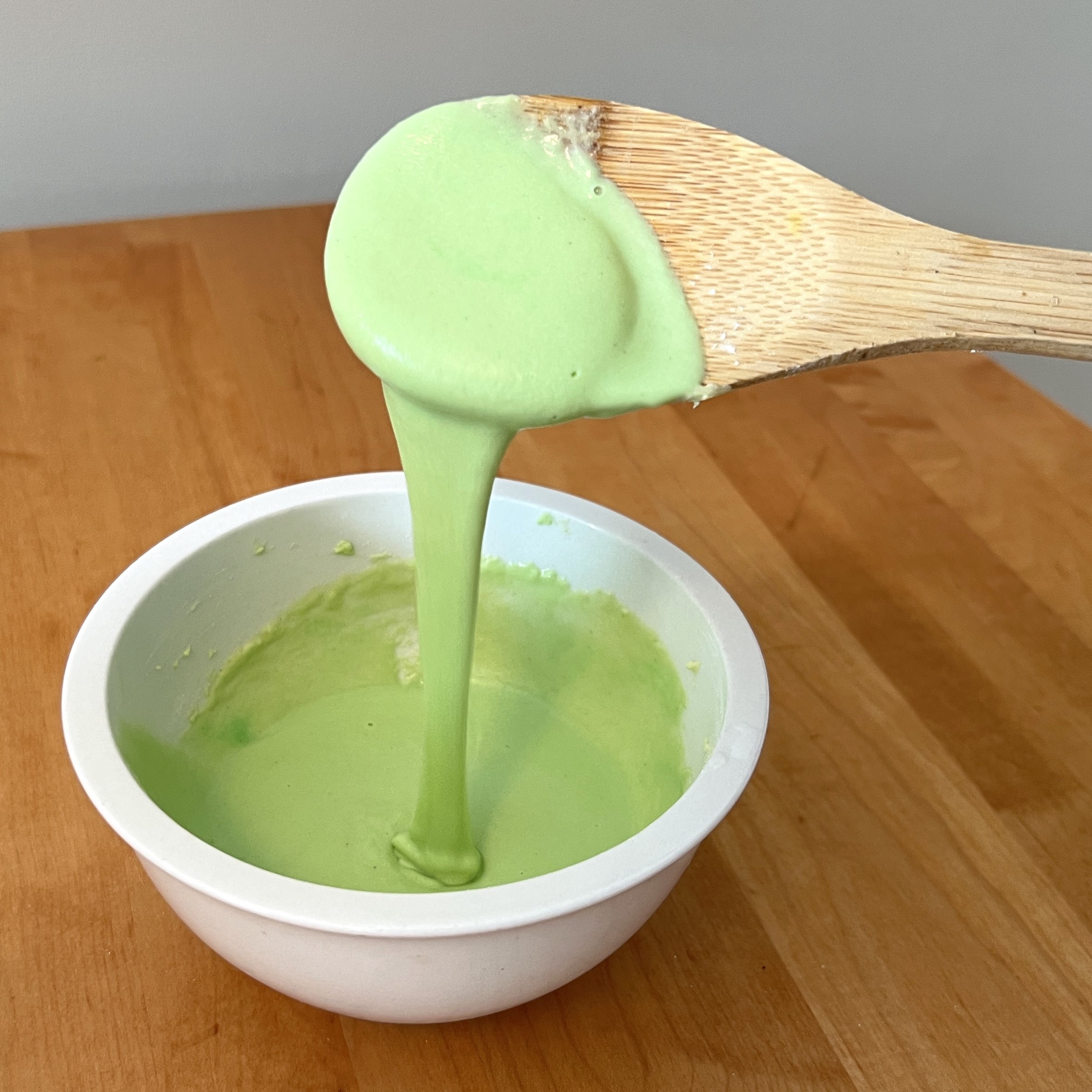
Get ready for a slime-tastic recipe that’s fun, safe to play with, and environmentally-friendly! It’s quick and easy, so let’s dive right in.
Step 1: Pour ¼ cup of water into a bowl.
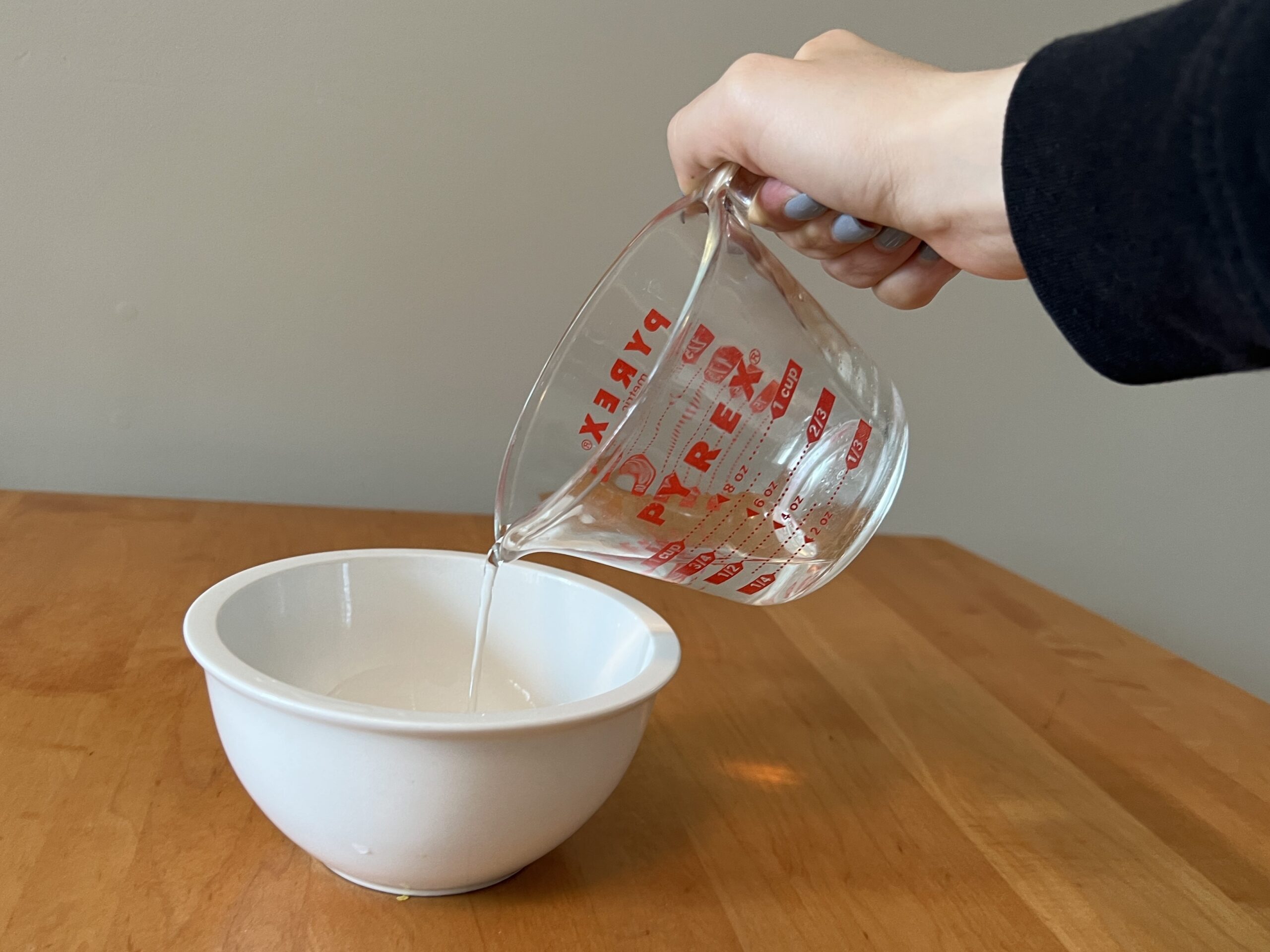
Step 2: Here’s where the fun begins! Add a few drops of your favourite food colouring and give it a good stir until the water is all one colour. The colour you choose will be the colour of your slime!
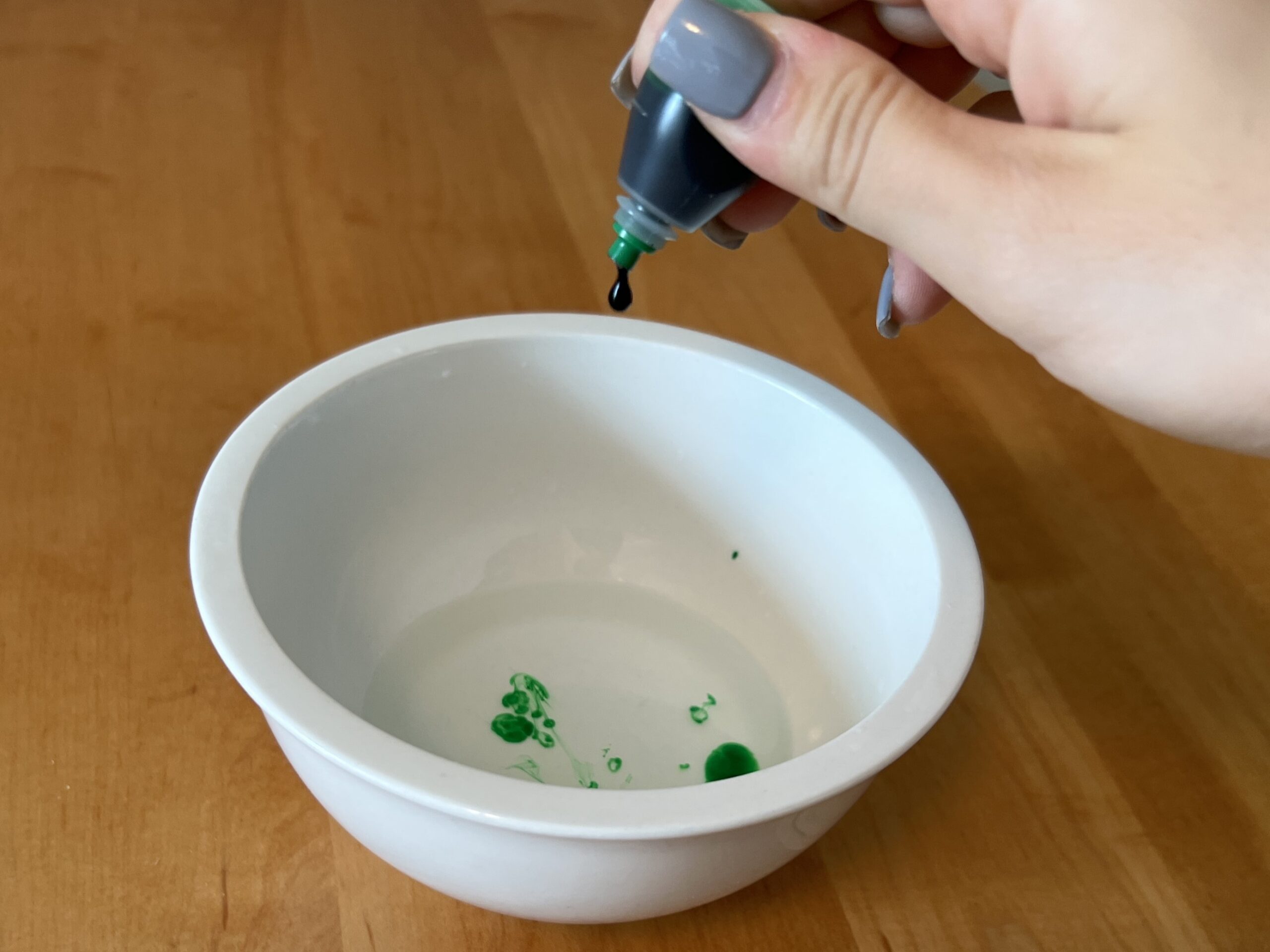
Step 3: Add ½ cup of corn flour to the bowl. Mix it with the water until it becomes smooth. Use your hands to break up any clumps.
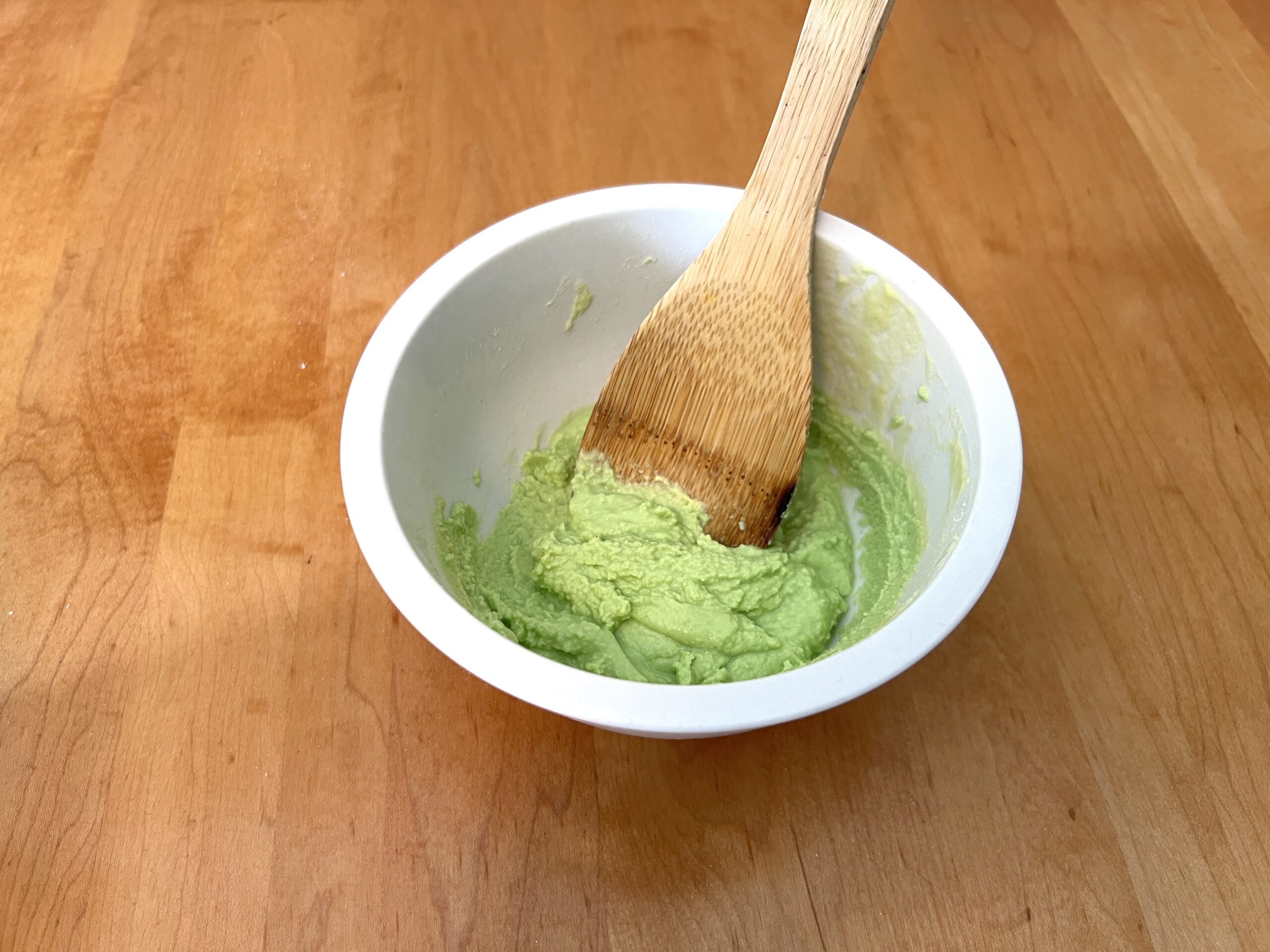
Step 4: Continue to slowly add water until your slime has reached gooey greatness! You’ll know it’s right when it drips from a spoon, but you can also make a slime ball without it falling apart. If you end up adding too much water, no need to start over. Just add more flour!
